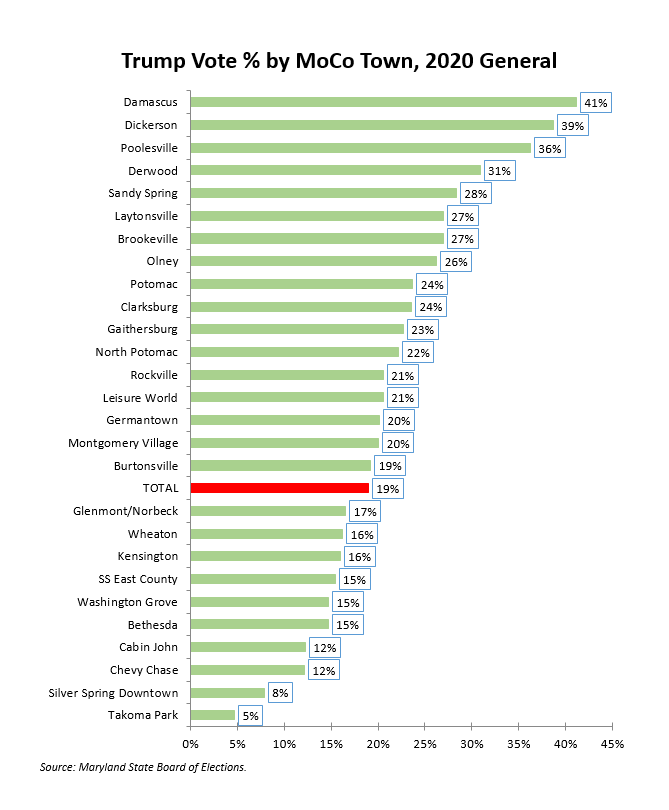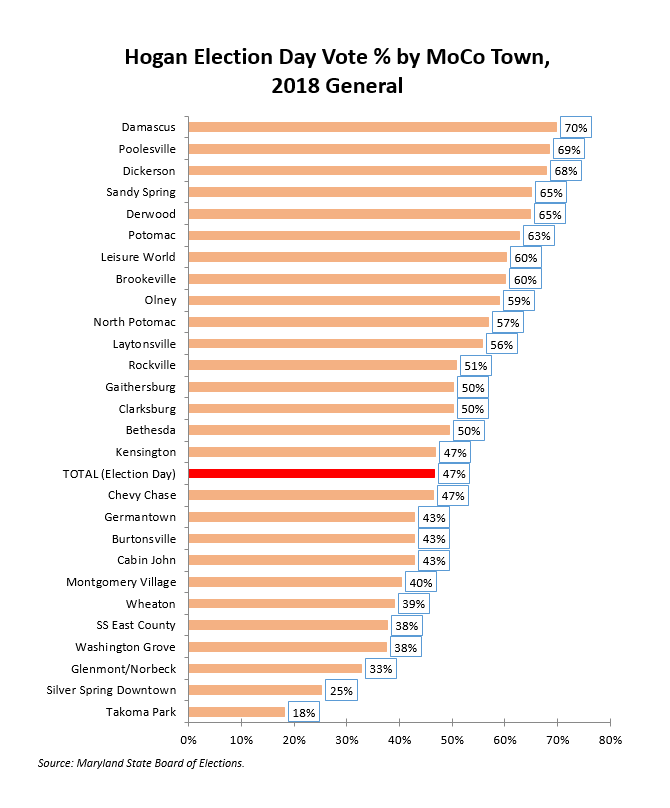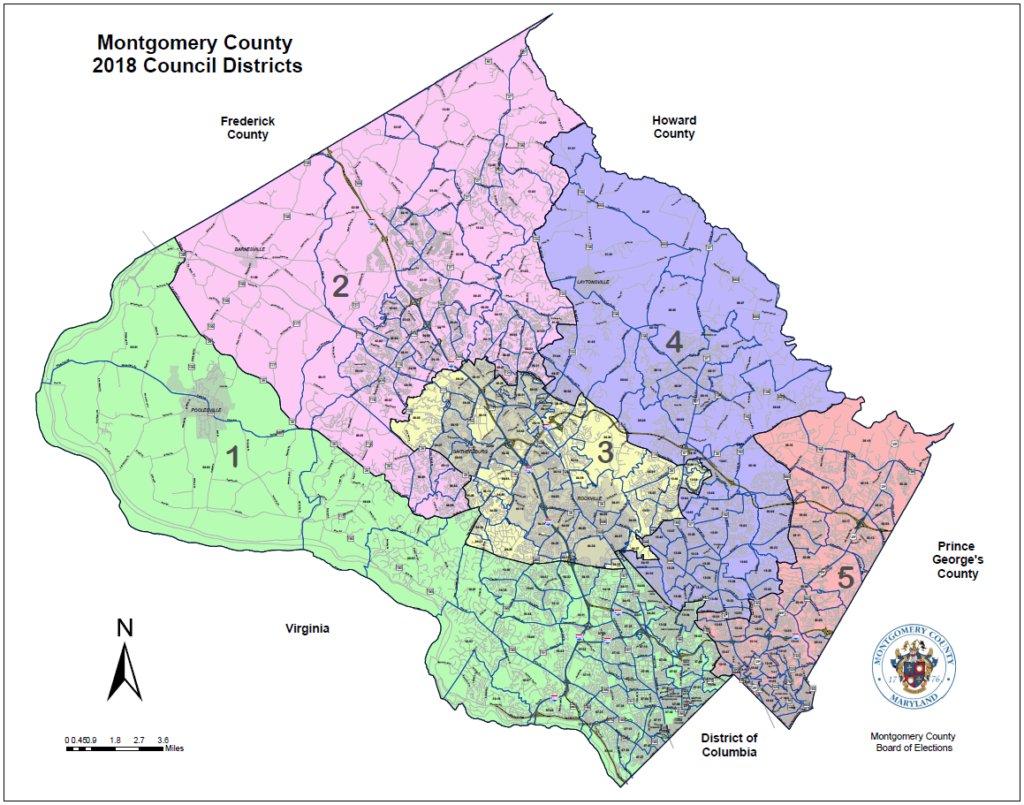By Adam Pagnucco.
To understand the growing strains on MoCo’s pandemic-stricken budget, it helps to follow the money. Here is an example.
Follow This Money
Last spring, the county council voted down compensation increases contained in the collective bargaining agreements negotiated by County Executive Marc Elrich with the three county employee unions: MCGEO, the fire fighters and the police. The increases totaled $22 million in the current fiscal year and $29 million annually thereafter. This was the sixth time that the county trimmed or eliminated raises for employees in the last eleven fiscal years. (The county zeroed out raises in FY11, 12, 13 and 21 and reduced collectively bargained raises in FY17 and 20.)
At around the same time, the executive granted the three unions indefinite COVID pay without seeking the consent of the council. There is no question that workers exposed to hazardous conditions deserve extra compensation. The issues are that the executive’s COVID pay far exceeds what any other government in the region (and maybe the entire nation) has granted and that it has no fixed end date. The cost of this pay is $4 million a pay period or roughly $100 million a year, more than three times the compensation increases contained in the now-abrogated contracts. Employees of the college, school district and park and planning are not getting the money. It must be noted that the president of the largest county union said two years ago, “Marc Elrich won the primary thanks to our shoe leather.” Subsequently, the inspector general found that workers were getting pay to which they were not entitled in at least one county department.
No county leaders argue that employees should get zero emergency pay. Instead, the problem now is that the county has little clue how to pay for it even as its budget has been crippled by the COVID recession. Originally, the extra pay was supposed to be mostly reimbursed by FEMA, but the county’s emergency management director called that into question in October. The emergency pay liability grows every day and the need to pay it off grows more desperate.
Now Follow This Money
The county received a $183 million allocation of federal CARES Act money last spring to help it pay for COVID expenses, including aid for pandemic-stricken residents and businesses. But there’s a catch: if the county doesn’t use the federal money for eligible purposes by December 30, it forfeits it. In October, the county council went nuclear upon finding out that the executive branch was slow to spend the federal money it had appropriated for various assistance programs, including aid for rent, food security, child care and more. Administration representatives said that they were trying to prevent fraud and waste and dealing with frustrating FEMA paperwork requirements.
Now it turns out that the money won’t all be spent by December 30. Council staff wrote last week:
CRF [Coronavirus Relief Fund] monies received by Montgomery County must be spent on costs incurred on or before December 30, 2020. Since March 2020, the County Council has enacted special appropriations to help Montgomery County residents and businesses endure the pandemic and its effects. Due to the restrictions on spending imposed by Congress, the Administration expects that $9,934,156 in CRF dollars will be unspent based on current spending patterns and demands. The list below details the special appropriations where funds will likely go unspent.
The table below shows the $9.9 million in unspent federal money by assistance program. The three biggest programs are child care, assistance to distressed common ownership communities and African American health care.

So it appears that families needing child care, residents of distressed common ownership communities and African Americans needing health care may not be getting the federal grant money the council allocated to them. (They might not be completely out of pocket as the executive has recommended the use of county reserves to help.) That said, the $9.9 million in federal grant money still needs to be used by December 30 or forfeited. What’s the administration’s plan for that?
The executive branch sent the council a resolution that says essentially: trust us. The resolution suggests a number of alternate uses for the federal grant money and then says this:
If any of the $9,934,156 is unable to be spent on the Council priority uses identified above in advance of the deadline established by Congress, these funds may also be used for any eligible expense previously authorized by the Council by Resolution 19-498.
And what does Resolution 19-498 authorize? Lots of things, including this:
Payroll expenses for public safety, public health, health care, human services, and similar employees whose services are substantially dedicated to mitigating or responding to the COVID-19 public health emergency, including any pay differential provided to employees responding to the public health crisis. [Bold added for emphasis]
Last Tuesday, the council approved the executive’s resolution to allow a potential transfer on an 8-1 vote with only Council Member Andrew Friedson dissenting.
And so federal grant money set aside by the council for families needing child care, residents of distressed common ownership communities and African Americans needing health care is now subject to diversion to pay off part of the soaring emergency pay liability created by the executive. But even if that happens, it’s not the end of the story. There is only $9.9 million in unspent federal money in play here whereas the total emergency pay liability accounts for $4 million a pay period, or $100 million a year. A reallocation would buy the county about five weeks of time. After that, the liability resumes spraying red ink.
What will happen next as the day of reckoning draws near?




